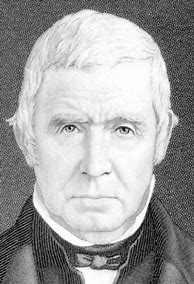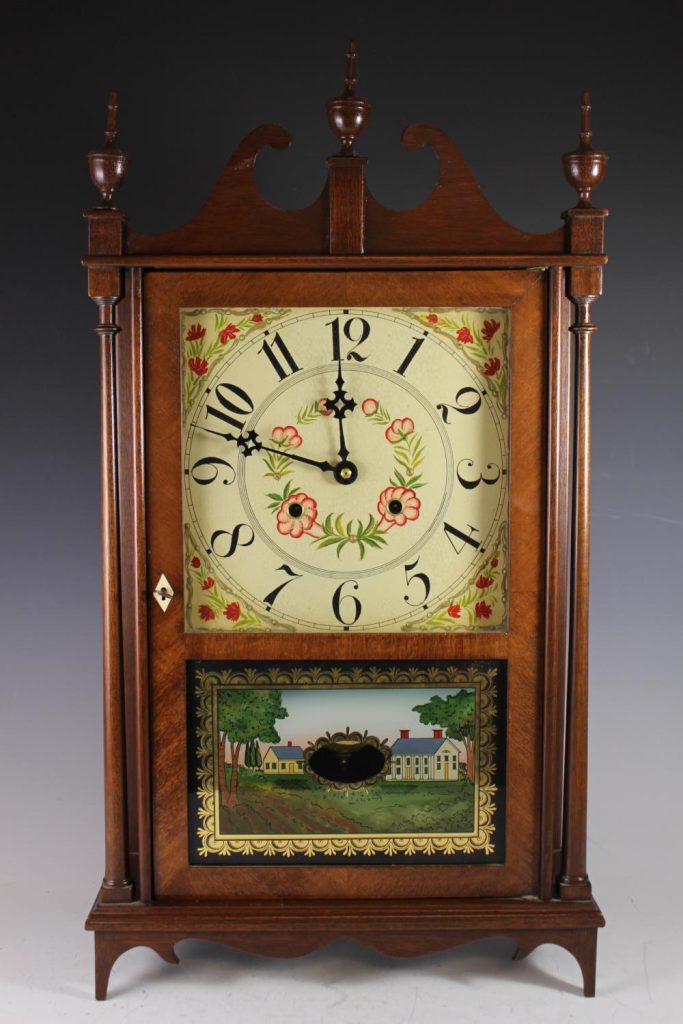Clockmaking in Connecticut

It is hard to believe during this, the current era, that there was a time when the extravagance of owning a clock was the sole province of the wealthy: Farmers scheduled their work around the rising and setting of the sun. Every household had an almanac, which specified the sunrise and sunset times for any particular date. An hourglass could help one divide the day into one-hour increments. Townspeople who toiled in the workshops were called to work by the tolling of the bells in nearby church steeples. And that was the way that it was.
Back in 1800, one day’s wages for a farmer or laborer amounted to about one dollar, and a hand-made wooden clock movement—even without the case–would therefore cost about one month’s pay; therefore, ownership of a clock was out of the reach of most.
Eli Terry was born in 1772, in South Windsor, Connecticut. As a young man, he served a seven-year apprenticeship with a master clockmaker, and learned how to carve the wooden movements and the dials for the only type of clock then made: It was a grandfather clock, built into a tall case, and operated by means of gravity-driven weights, a pendulum, and a system of gears.

But Eli Terry was an imaginative, enterprising soul, one of an extraordinary number of such individuals raised after the Revolution, who would develop new and better ways of doing so very many things. Terry developed a brass clock mechanism—superior in quality and cheaper to make than one with hand-carved wooden parts–and devised the necessary methods of harnessing water power to operate some of the clockmaking machinery at his factory in Plymouth, Connecticut. Like gunmaker Eli Whitney in New Haven, Terry made his clocks with interchangeable parts. In this way, both men, in vastly different industries, were giving birth to the concept and practice of mass production.
In 1806, Terry signed a contract to produce four thousand grandfather clock mechanisms (without case) in the space of three years. Understandably he quickly became a laughing stock around Connecticut—until he successfully completed the contract–and made his deliveries on time. His factory was to become known as the first clock factory in America, and his products were quickly sold for four dollars each. Now, ownership of a clock was within the reach of almost anyone who wanted one.
By 1819, the Terry family enterprise—by now a father and two sons—was turning out six thousand quality shelf clocks per year, complete with decorative case, for fifteen dollars each.
In the business world, success typically breeds competition, and by 1836, the Bristol, Connecticut area boasted sixteen clock factories–which turned out a total of one hundred thousand clocks annually—and all this at a time when the U.S. population was only thirteen million souls.
By the outbreak of the Civil War, Connecticut was producing half a million clocks a year, and nearly every American home now had its own time piece, thanks to the genius of Eli Terry.
Next: Bringing clockmaking to New Haven.